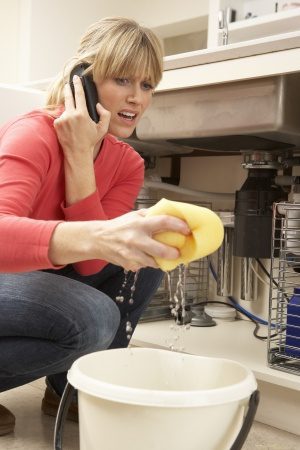Over the years, plumbing technology has evolved. With this evolution, many common plumbing beliefs have been proven untrue. Below, we outline some of these plumbing myths and the truths behind them.
10 Plumbing Myths You Should Stop Believing
In order to educate others and help maintain your home’s plumbing system, here are some common plumbing myths that have been debunked throughout the years.
Myth 1. Dripping Faucets Are Insignificant

A leaky faucet that drips each second can waste more than 3,000 gallons of water per year, enough for almost 200 showers. Though it may seem tiny and irrelevant, that leaky faucet can cost you more money on your water bill and, overall, be a waste of water.
Myth 2. Cat Litter Is Flushable
Certain cat litter itself is flushable because it is water soluble. Others, though, like the traditional clumping clay litter, should never be flushed down the toilet due to its cement-like compound when mixed with water.
The waste that is found in the litterbox is also not safe to flush. Cat waste is known to contain toxic parasites that can be harmful to any toilet user, especially pregnant women.
Myth 3. Plumbing Doesn’t Conduct Lightning
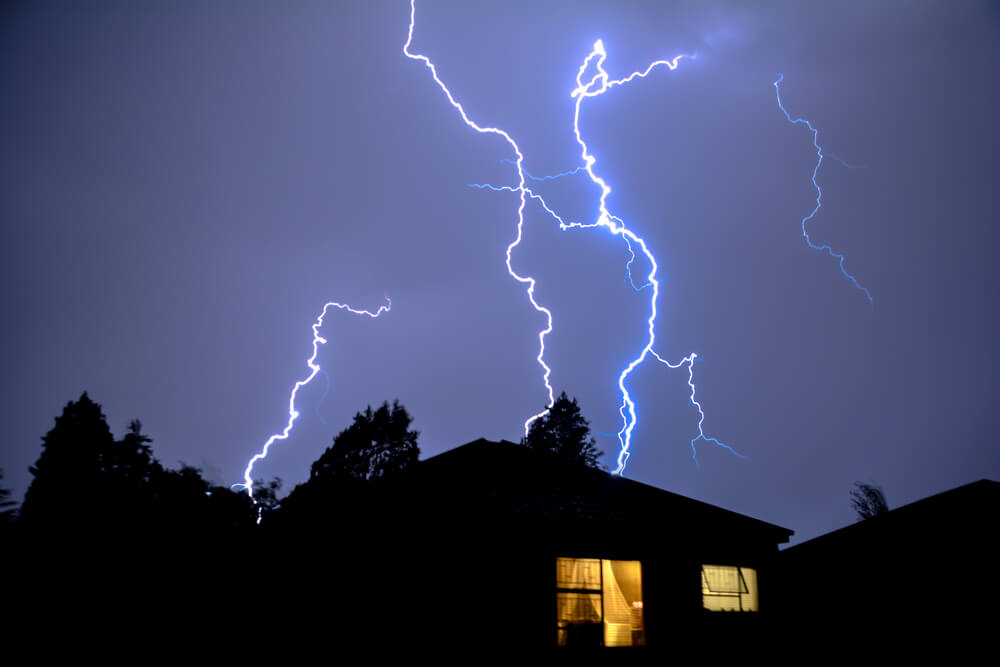
Metal pipes, in fact, conduct electricity—whether they’re in your kitchen, shower, toilet, or a faucet on the outside of your house. Water also conducts electricity. When water comes in contact with your metal pipes, this multiplies the possibility of electrocution. This is why the widely-known saying that you shouldn’t shower in a lightning storm is indeed a fact and not a myth.
Myth 4. Water Heaters Do Not Explode
The pressure that builds up while heating your water is intended to be released with the pressure relief valve. That valve has the potential to fail, in which case the tank could explode due to built-up pressure. To avoid a valve failure, yearly maintenance is suggested to flush the tank.
Myth 4. Putting Orange or Lemon Peels Down the Drain is Good for Your Garbage Disposal
These peels will only help the scent of your kitchen, not the function of your disposal. In fact, the thickness of the peels may actually harm your garbage disposal, especially if it’s an older one. To avoid potentially damaging your disposal, we recommend simply setting the peel on the counter or in your sink.
Myth 5. A Wire Hanger Is a Cheap Alternative to a Plumbing Snake
This is one of the most dangerous plumbing myths. The wire hanger itself will scratch your pipes, making it easier for the buildup to occur. If you’re going to use a hanger, it’s best to wrap a cloth around the end and secure it with a rubber band to avoid damage to your pipes.
Myth 6. Flushable Wipes Are Safe for the Toilet
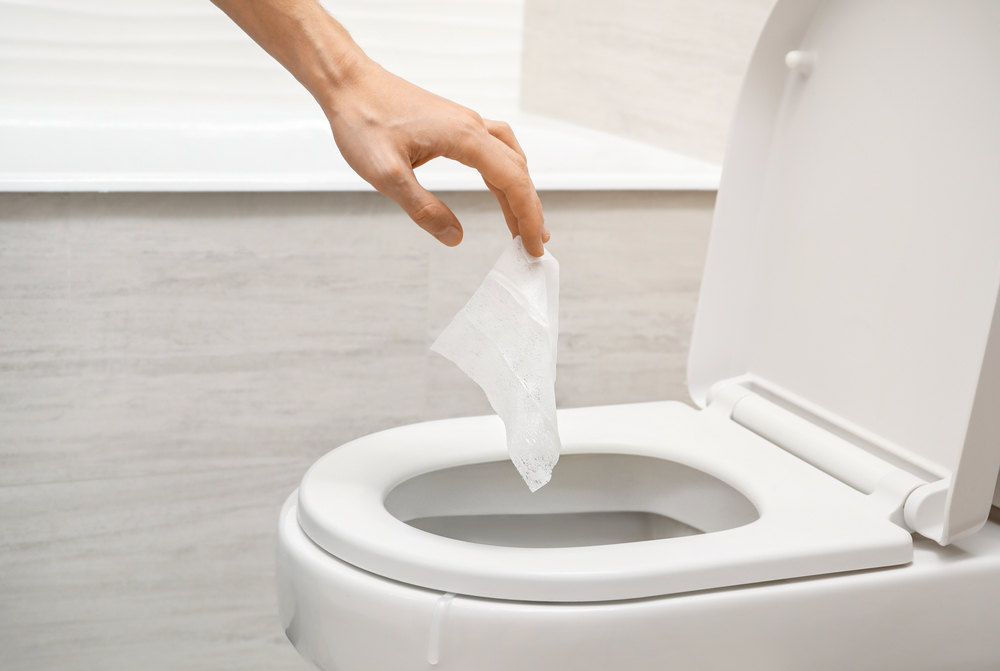
Though these wipes may be flushable, that doesn’t mean they can break down quickly in your plumbing system. They are actually fairly harmful due to their inability to break down and will eventually cause blockages or even more costly damage to your home’s plumbing.
Myth 7. Ice Cubes Sharpen the Garbage Disposal Blades
Ice cubes do not sharpen the blades, nor do they dull them. They can be beneficial for cleaning the garbage disposal blades, though, as they knock off any leftover food bits that can get stuck on the blades.
Myth 8. Putting a Brick In the Toilet Tank Saves Water
This brick will only hurt your toilet and cost you more money than it will save you. Bricks deteriorate over time and can cause important toilet parts (like the flapper) to break. Additionally, adding any item to the toilet tank can put a strain on the toilet and can cause you to flush twice.
Myth 9. Bleach Tablets Will Keep the Toilet Clean
Chemical tablets should never be placed in the toilet or its tank. The different parts of a toilet are delicate and can be destroyed if they come in contact with too much bleach. To clean your toilet, we suggest using cleaners that are specifically designed for a toilet.
If you’re set on using bleach, it’s best to put some bleach in the bowl but flush it within 10 minutes to prevent damage.
8 Plumbing Truths You Should Believe
While these plumbing myths will help you in what not to do, the following plumbing facts will maintain your plumbing system and keep it working like new.
1. Always Run Water With Your Garbage Disposal
The water helps push the food scraps down the drain and through your pipes with ease. Without the water, your pipes will likely get clogged with a buildup of food scraps from your sink and dishwasher. Not only is food buildup bad for the pipes, but it can also harm the garbage disposal motor over time.
2. Schedule Preventative Maintenance
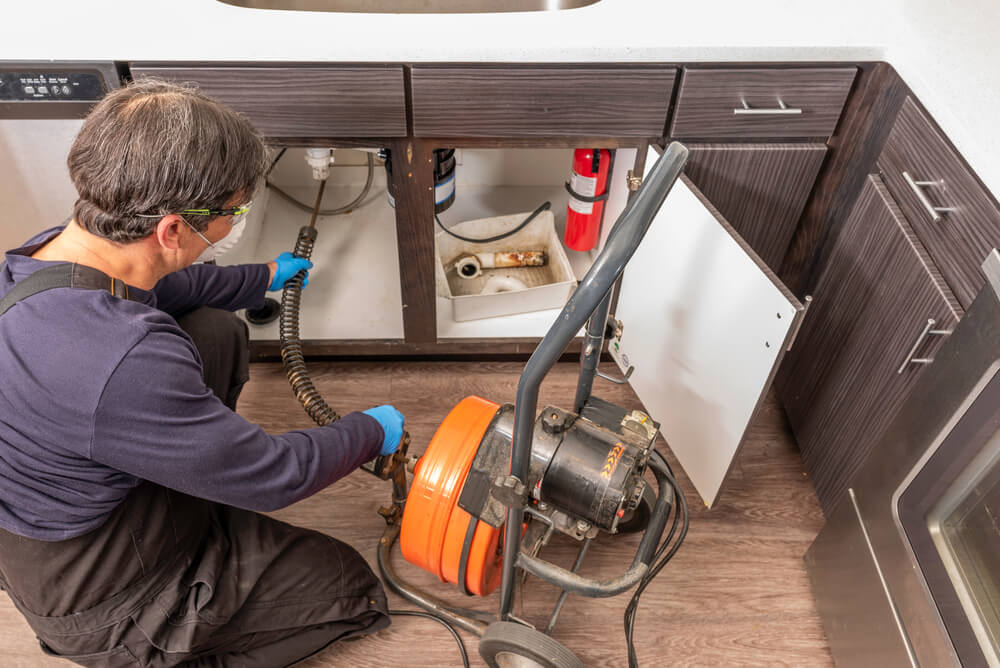
Plumbing professionals recommend having a plumbing inspection at least once a year. Regular inspections can help identify potential problems before they escalate. Small leaks, corrosion, or wear and tear can be addressed early on, preventing them from turning into major issues that could cause significant damage later.
3. Keep an Eye on Your Drains
As soon as you notice your sink or shower draining slower than usual, it’s time to find a solution. The longer the clog sits there, the more damage it does to the pipes. To avoid a clogged drain, you can place a strainer in the sink or tub to catch any big scraps that would potentially cause a clog.
4. Check for Leaks
You should always keep an eye out for leaks in your home. This is especially important in the winter when temperatures drop quickly. We suggest checking your pipes every week and replacing any damages immediately.
5. Check Your Water Pressure
Most people like high water pressure in their shower and any faucet, for that matter. There is such a thing as water pressure that is too high, though. It’s recommended to keep the pressure between 40 and 85 psi. Any pressure above 85 will put too much pressure on the pipes, and there’s a chance they could leak or even burst.
You can buy a gauge at home repair stores like Home Depot or simply call us, and we will inspect your pipes for you.
6. Be Careful Using Chemicals
It can be tempting to use chemicals to clean your drains. Not only are these chemicals harmful to your pipes, but they’re also not good for your health. While they can be a good quick fix, they can cause long-term harm to your pipes. We suggest using classic plumbing solutions such as a plunger or relying on plumbing professionals to help.
7. Upgrade Your Hoses
Most washers, dryers, and dishwashers come with a rubber hose. This material is prone to leaking or even bursting. To save you hassle in the future, it’s best to switch this rubber hose with a stainless steel braided hose.
8. Know the Source
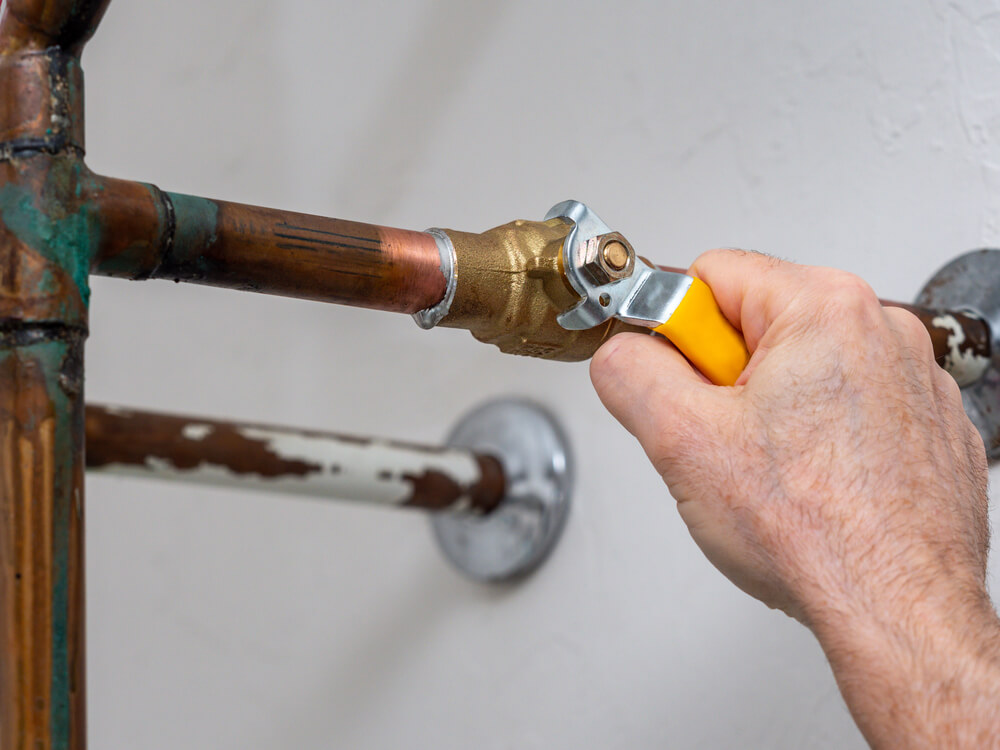
If a pipe were to ever burst in your house, it’s important to know where the water can be controlled. There is typically a water main that controls the whole house, and each toilet and sink in the house has its own valve. It’s common for people to turn off the main valve when going away on a long vacation to avoid returning to a flooded basement.
We hope that your new knowledge of these plumbing myths and truths will help you maintain your home’s plumbing system without a problem. If you’re experiencing a plumbing issue beyond simple repair or it’s time for your home’s annual check-up, contact Anthony for a quick visit!

